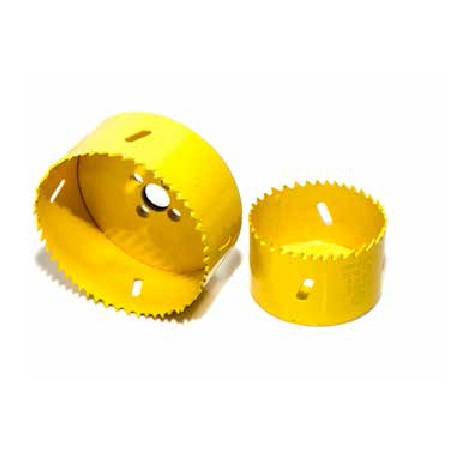Hole Saw Cutter
Hole Saw Cutter
A hole saw cutter, also called a hole saw or a hole cutter, is a device used to cut big, circular holes in drywall, plastic, metal, and other materials. It is made out of a mandrel or arbor in the center that is attached to a drill or other rotary tool, and a cylindrical saw blade with teeth around the circumference.
A hole saw cutter's essential parts are:
Saw Blade: The circular cutting element with teeth that actually performs the cutting is the saw blade. For longevity and sharpness, it is typically constructed of high-speed steel (HSS) or carbide-tipped steel. The diameter of the hole the blade can make depends on its size.
The core component that joins the hole saw to the drill or rotary tool is called the arbor or mandrel. Usually, it features a shank that fits into the drill's chuck and a pilot drill bit in the middle that directs the cutting motion and maintains the saw's center of gravity.
A beginning hole is drilled into the material using a pilot drill bit before the saw blade begins cutting, and it is a small, pointed bit. It promotes precision and stops the saw from straying.

.jpg)
 Cash on delivery available
Cash on delivery available Returns not allowed
Returns not allowed
